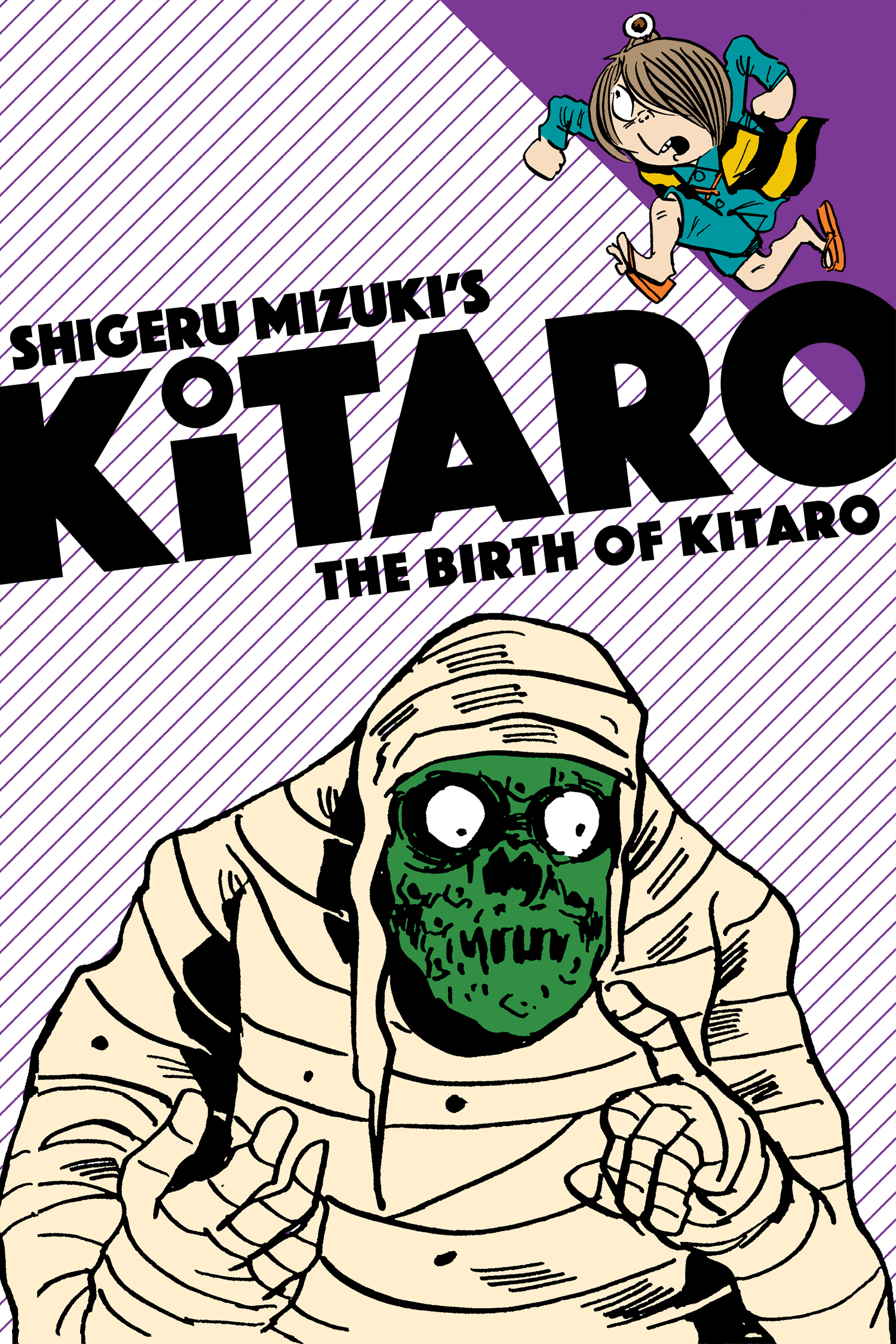My News and Reviews Nothing except the usual My Week in Manga feature was posted last week at Experiments in Manga. I was hoping to have my random musings on Ichigo Takano's Orange ready for …
Continue Reading about My Week in Manga: November 14-November 20, 2016 →


